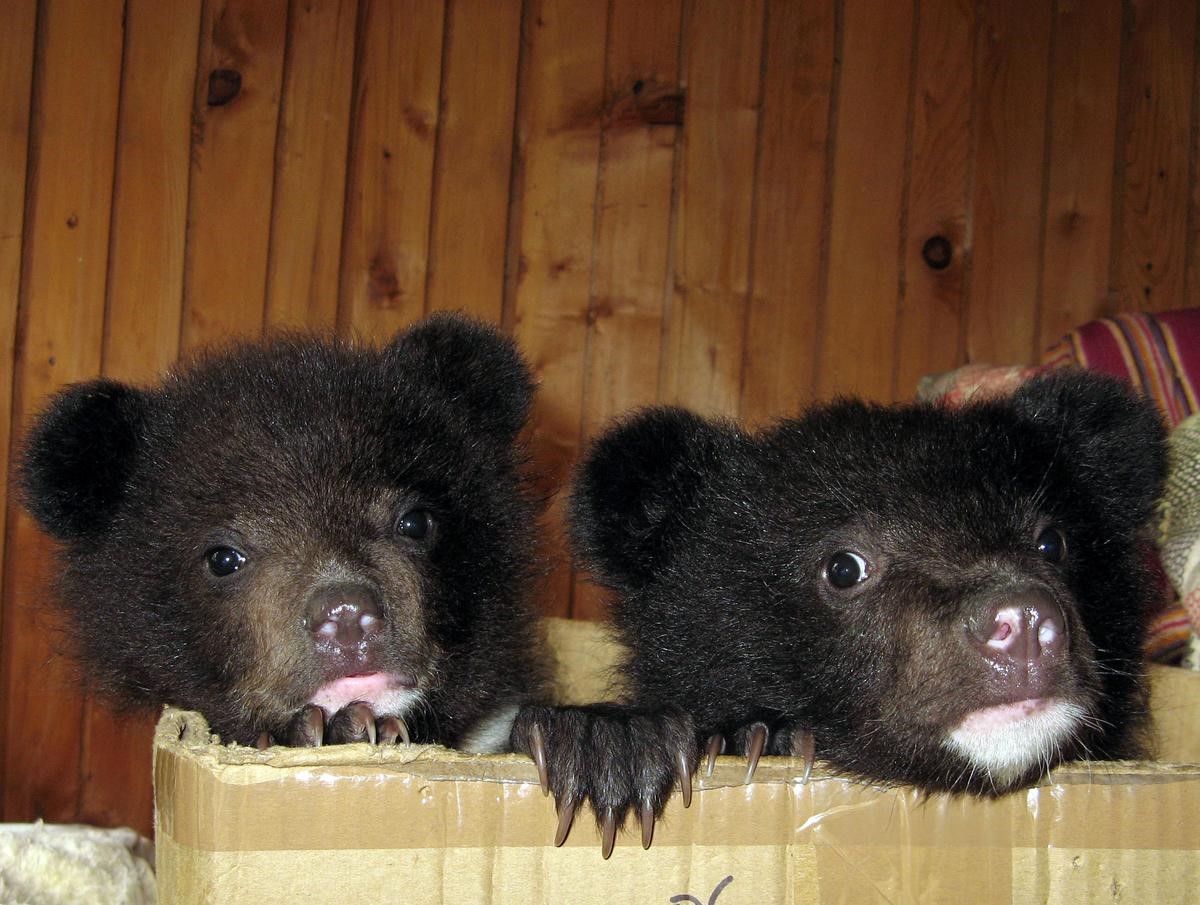





Disclaimer: Copyright infringement not intended.
Context: The Kashmir Valley has bucked the trend of Asiatic black bear ( Ursus thibetanus) attacks on humans rarely reported throughout the animal’s global range, a new study has revealed.
Details:
Classification:
|
Kingdom : |
Animalia |
|
Phylum : |
Chordata |
|
Class: |
Mammalia |
|
Order : |
Carnivora |
|
Family : |
Ursidae |
|
Genus : |
Ursus |
|
Species : |
U. thibetanus |
|
Zoological name : |
Ursus Thibetanus |
|
Found In |
Ranthambore, Namdapha and Kaziranga National Parks in India |
Physical appearance:
Presence in India:
Species There are four sub species of the Asiatic Black Bear namely U.t. japonicus (Japan), U.t. formosanus (Taiwan), U.t. ussuricus (Mongolia) and U.t. thibetanus for all other regions.
Habitat: Asiatic Black Bear live in forests, hilly or mountainous areas. They occur as high as 9,900 ft., they are also found in the lowlands.
Diet: Asiatic Black Bear is omnivorous eating insects, fruit, nuts, termites, beehives, goats, sheeps, carrion and birds.
Conservation status:
Lifespan: Longevity of the Asiatic Black Bears exceeds more than the 25 years. Their longevity in the wild is unknown.
PYQ:
Q.Consider the following :
The phenomenon of hibernation can be observed in which of the above kinds of animals?
(a) 1 and 2 only
(b) 2 only
(c) 1, 2 and 3
(d) Hibernation cannot be observed in any of the above
Correct answer: c







© 2025 iasgyan. All right reserved